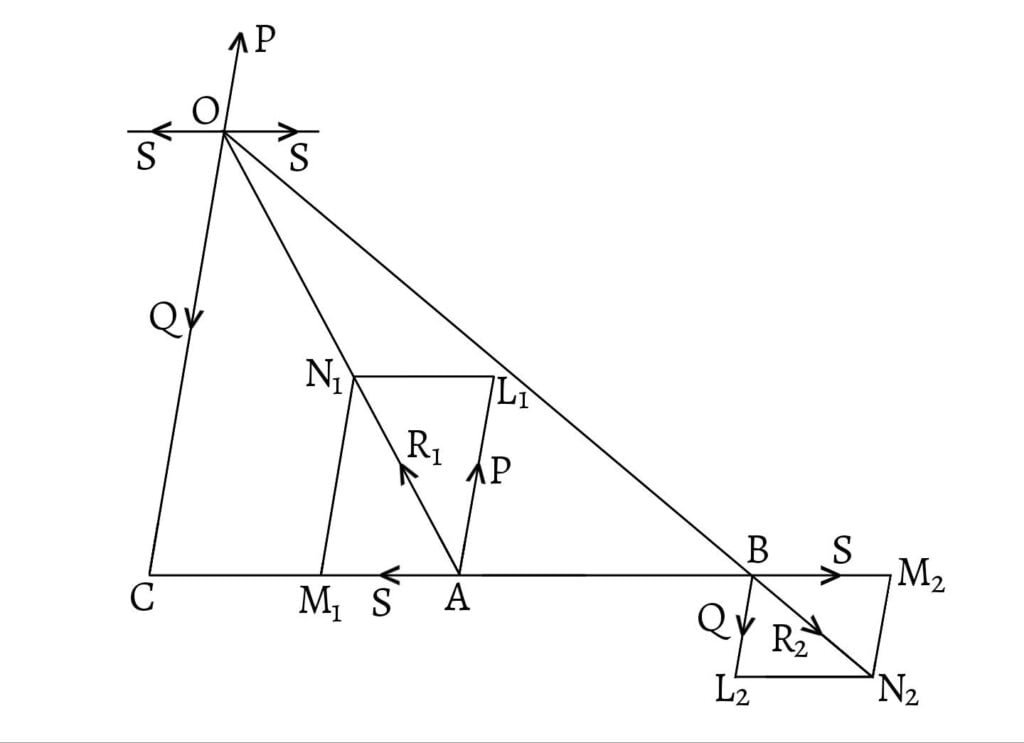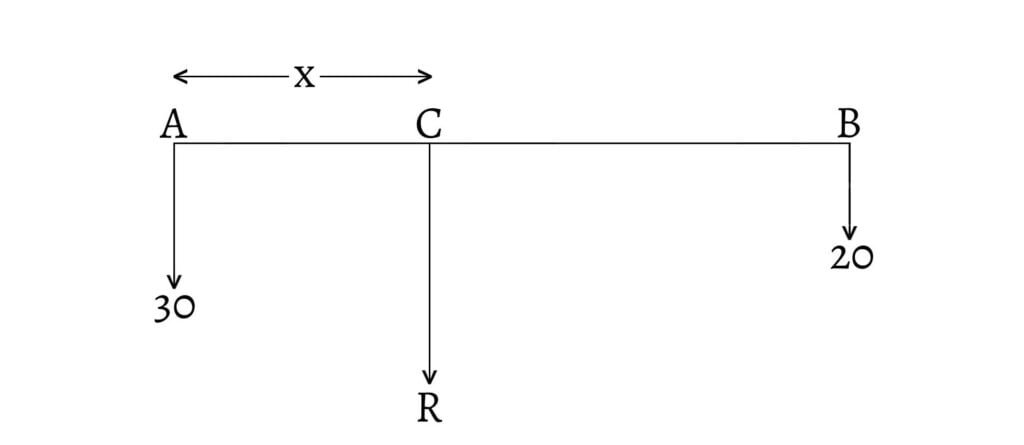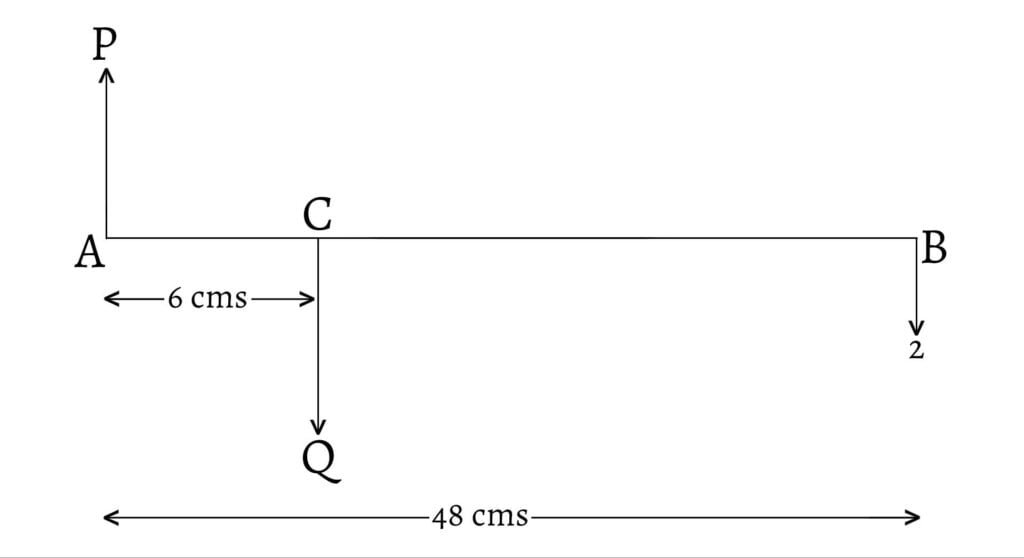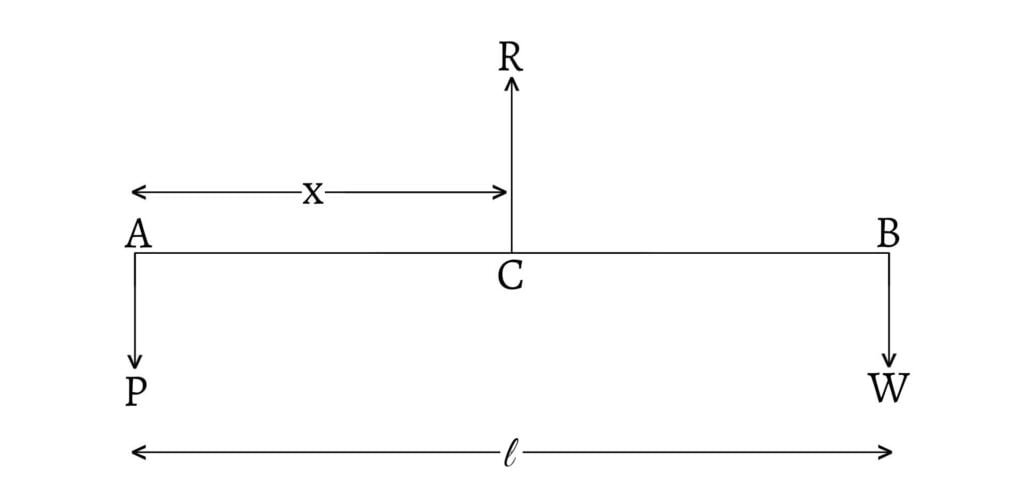Forces are said to be parallel forces, if they act along parallel lines.
Two parallel forces are said to be like when they act in the same direction and they are said to be unlike when they act in opposite directions. And, there exists a single force whose effect is the same as that of the two parallel forces.
Resultant of two like parallel forces
Let two like parallel forces

Apply two equal and opposite forces, each being equal to
Now, the forces
The force
Hence, the given forces are equivalent to two forces
The point of application of the resultant
Since the
Cor.1.
Resultant of two unlike parallel forces
Let two unlike parallel forces

Apply two equal and opposite forces, each being equal to
Now, the forces
The force
Hence, the given forces are equivalent to two forces
Thus, the resultant of two unlike parallel forces
The point of application of the resultant
The
The
Cor.1.
Resultant of several parallel forces
There are many cases where a large number of parallel forces act at the same time on a body. These forces are found to combine together to form a single force, for example, the weight of the body.
A body is made up of several particles rigidly connected to one another. Each particle is attracted towards the centre of the earth i.e. each particle of the body has a weight. The line of action of the force is towards the centre of the earth. But the distance of each particle of the body from the centre of the earth is so great that the lines of action of the weights of all particles may be considered parallel to one another. So, all these parallel forces have a resultant which is the weight of the body.
Consider a thin straight rod having particles’ weights
∴The fixed resultant or the weight of the body is,
This point is a fixed point on the rod and is called the centre of gravity of the rod.
If the rigid body is a plane, then the weight of the body acts at a point
If a body is uniform and homogeneous having standard geometric shape, then its centre of gravity generally lies at its geometric centre.
Two parallel forces of
Let

Since the forces are like and parallel,
Thus, the resultant force is
A straight weightless rod,
Let

A man carries a bundle at the end of a stick which is placed over the shoulder. What is the distance between his hand and shoulder when the pressure on his shoulder is least?

Let
Since the forces form the parallel forces,
Since,
